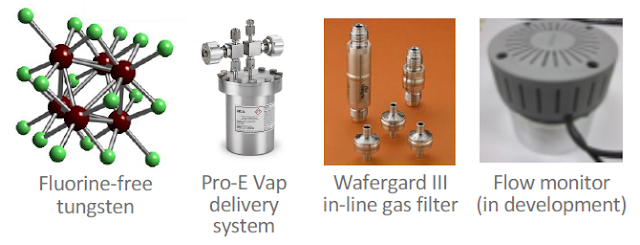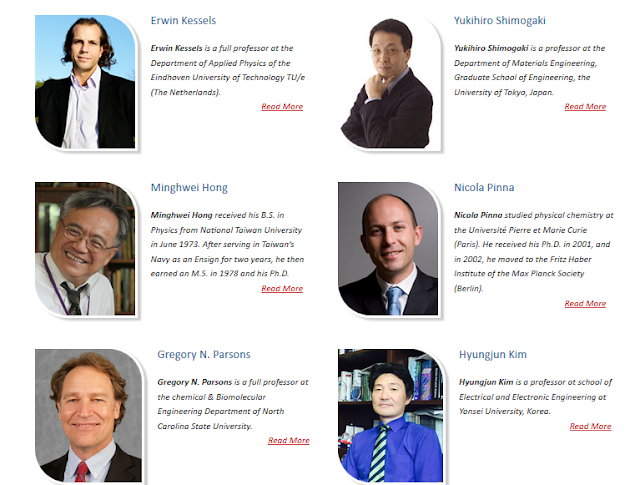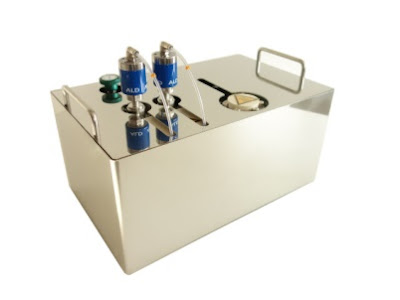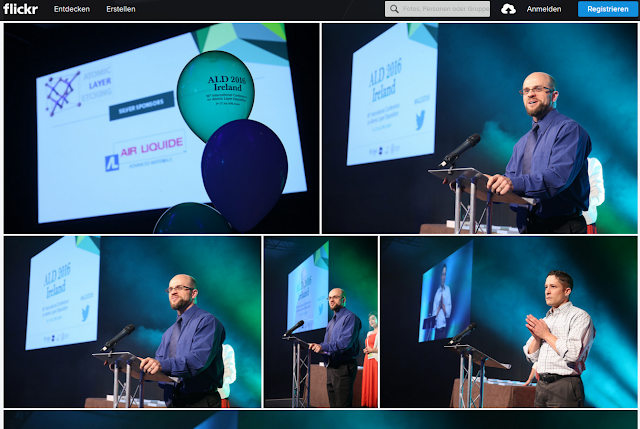NCD reports today (8/31 2016) :The OLED market is going to prospect fast gigantic growing in the near future because OLED has the possibilities of bending, folding and various forms like circle, therefore it will be applied for flexible and wearable devices. Flexible OLEDs need excellent thin encapsulation layers in order to keep the property from the permeation of water and oxygen under the external environment using repeated bending, folding and rolling of devices. However, the current encapsulation based on PECVD is not satisfied with future flexible OLEDs, so new encapsulation technology would absolutely be required.
Many OLED manufactures are currently reviewing to use ALD technology because of obtaining the highest property from the encapsulation layers of OLED, but they have not been solving the low throughput and particle issues followed by using their ALD systems.
In order to clear these problems, NCD has completed to develop the 6th ALD equipment for thin film encapsulation which satisfies high quality, large area and high throughput applying for the inventive ALD technology, and we have been also continuously testing customer’s samples. NCD’s ALD encapsulation layer shows much better properties than that of PECVD, and the encapsulation capability on application for foldable products has been confirmed from the customers. As a result, NCD has recently entered into the contract with Chinese display manufacturer, TIANMA to supply the 5.5th generation class ALD system of Lucida GD series for thin film encapsulation of OLED. It apparently shows that NCD’s core technologies and the result of developments have been approved by the oversea customer.
NCD will keep doing our best to set Lucida GD series as the standard of all of flexible OLED encapsulation equipment with this achievement and become the number one global ALD Company with the best competitiveness making new challenges and developments.
Many OLED manufactures are currently reviewing to use ALD technology because of obtaining the highest property from the encapsulation layers of OLED, but they have not been solving the low throughput and particle issues followed by using their ALD systems.
In order to clear these problems, NCD has completed to develop the 6th ALD equipment for thin film encapsulation which satisfies high quality, large area and high throughput applying for the inventive ALD technology, and we have been also continuously testing customer’s samples. NCD’s ALD encapsulation layer shows much better properties than that of PECVD, and the encapsulation capability on application for foldable products has been confirmed from the customers. As a result, NCD has recently entered into the contract with Chinese display manufacturer, TIANMA to supply the 5.5th generation class ALD system of Lucida GD series for thin film encapsulation of OLED. It apparently shows that NCD’s core technologies and the result of developments have been approved by the oversea customer.
NCD will keep doing our best to set Lucida GD series as the standard of all of flexible OLED encapsulation equipment with this achievement and become the number one global ALD Company with the best competitiveness making new challenges and developments.
Lucida™ GD Series ALD
High throughput atomic layer deposition system for OLED displays
Cluster system for Lucida™ GD series
Applications
- Barrier layer(Al2O3, TiO2) for flexible substrate
- WVTR(water vapor transmission rate) 5.3x10-5g/m2·day (tritiated water test @30nm Al2O3/PEN substrate)
- Encapsulation layer(Al2O3,TiO2) for OLED
- Applications of mass-product
Benefits
- High throughput : > 30 panels/hour
- Substrate size : > 6G (1500 x 1850mm2)
Features
- Advanced process kit and small volume chamber for short gas cycle times
- Extremely materialize ALD mechanism
- Small foot print
- Totally integrated process module
- Easy process control



%20(1).png)


.jpg)



















